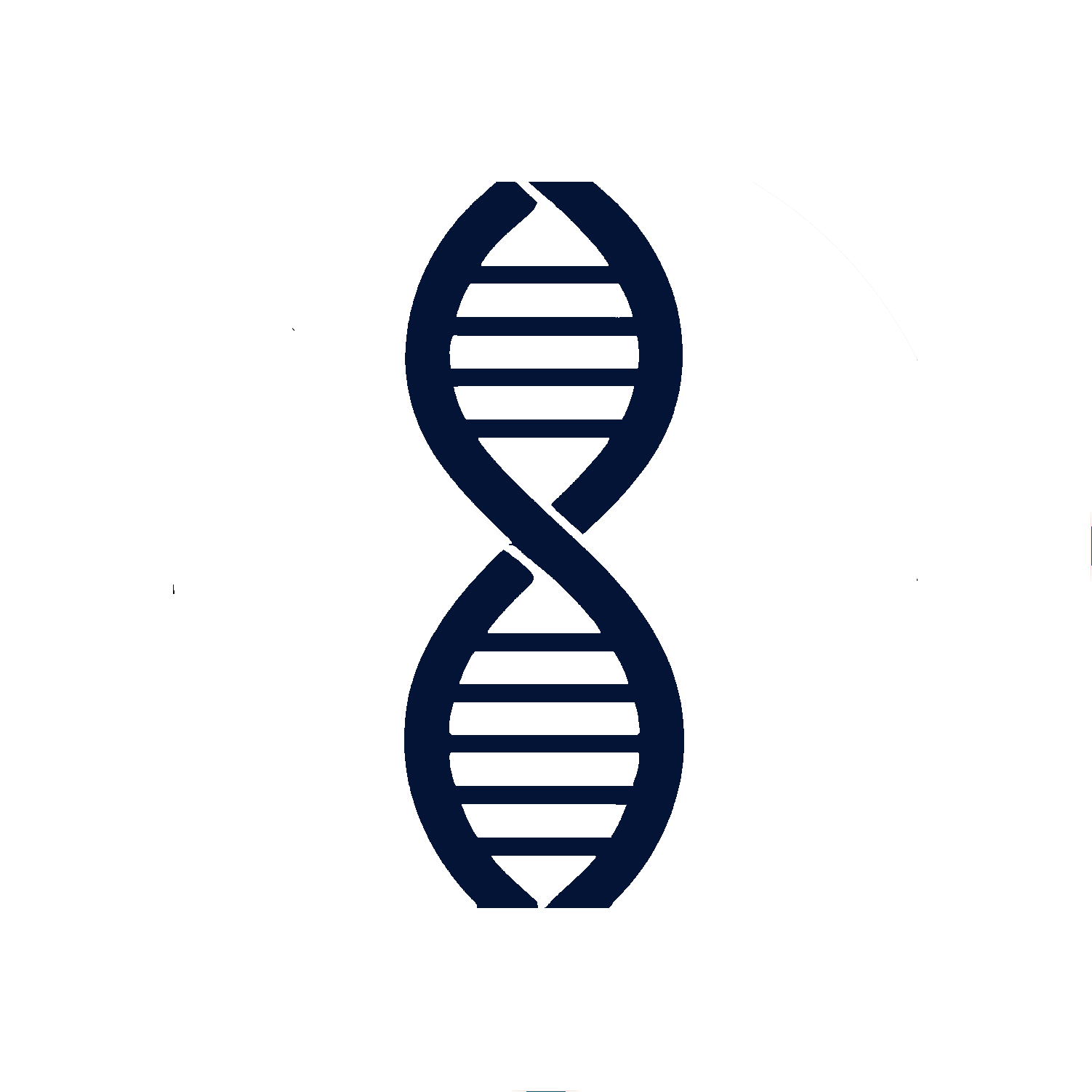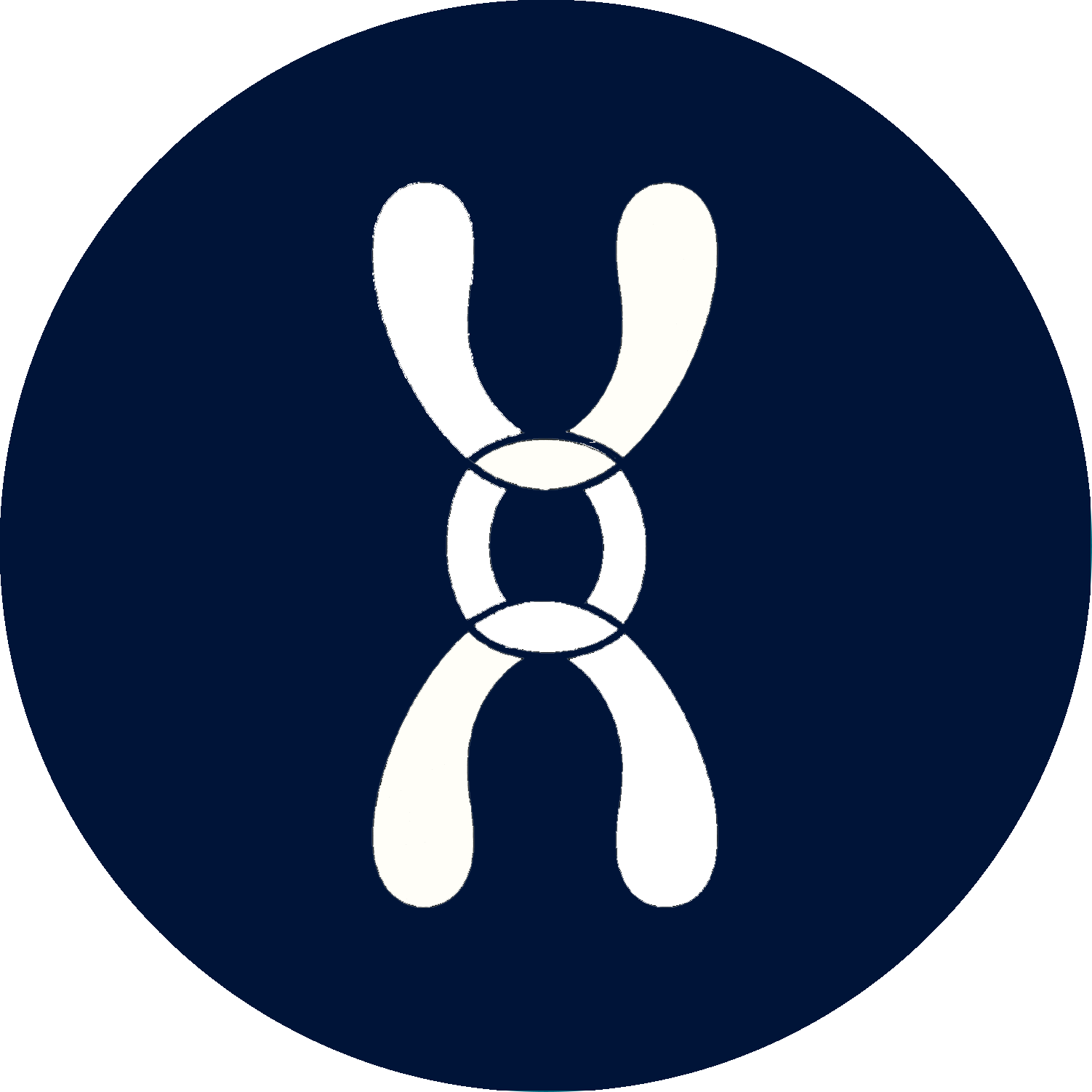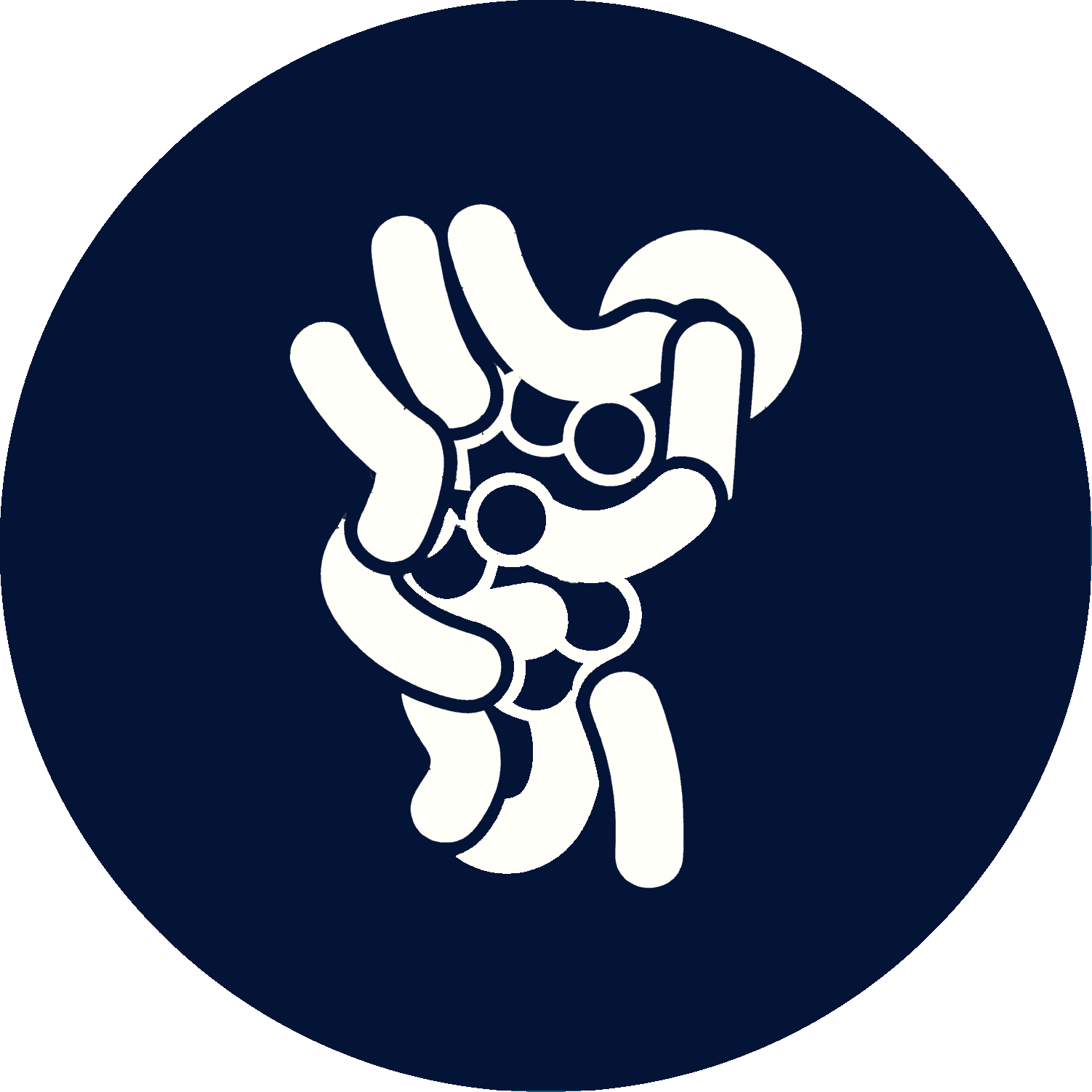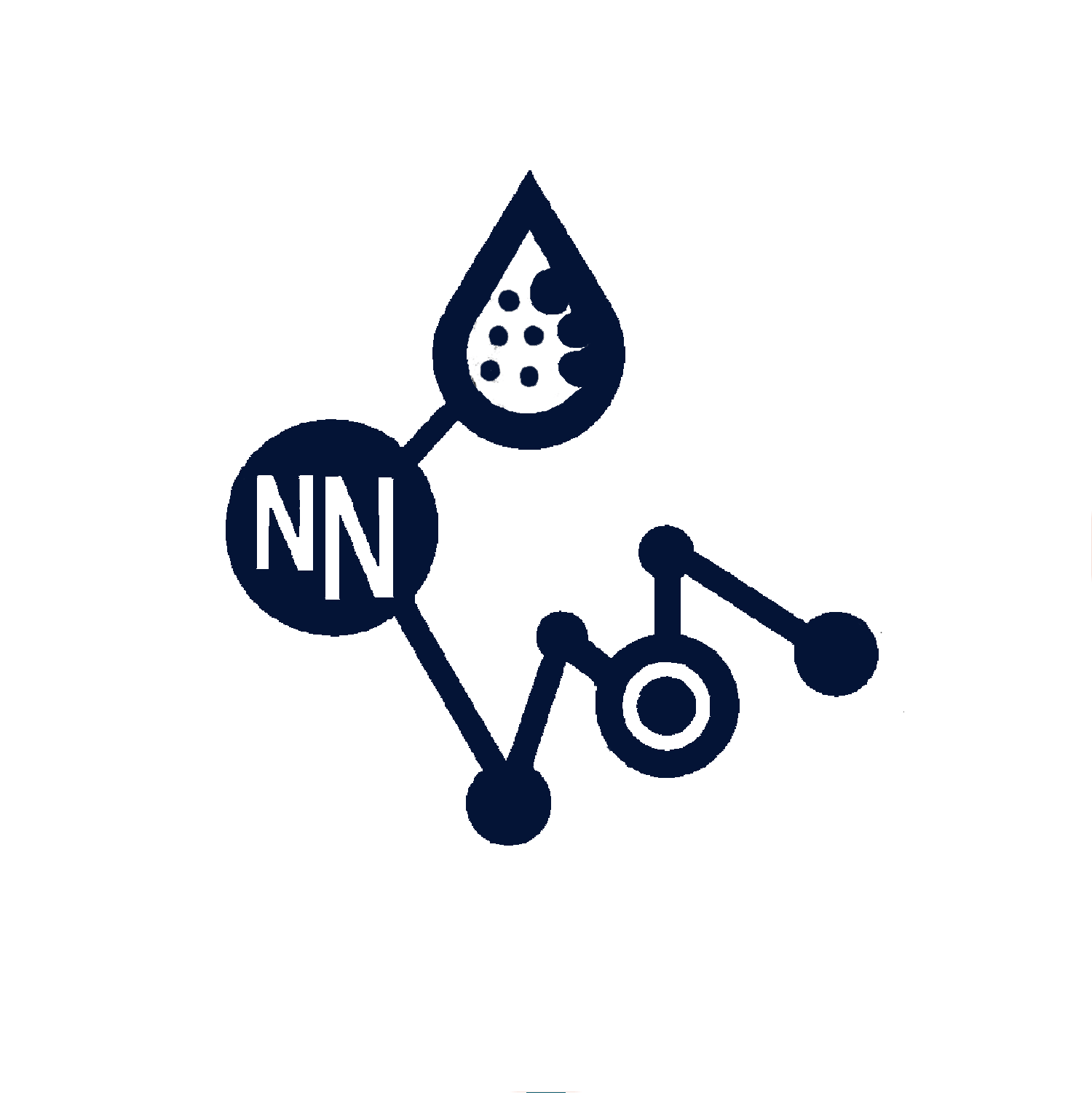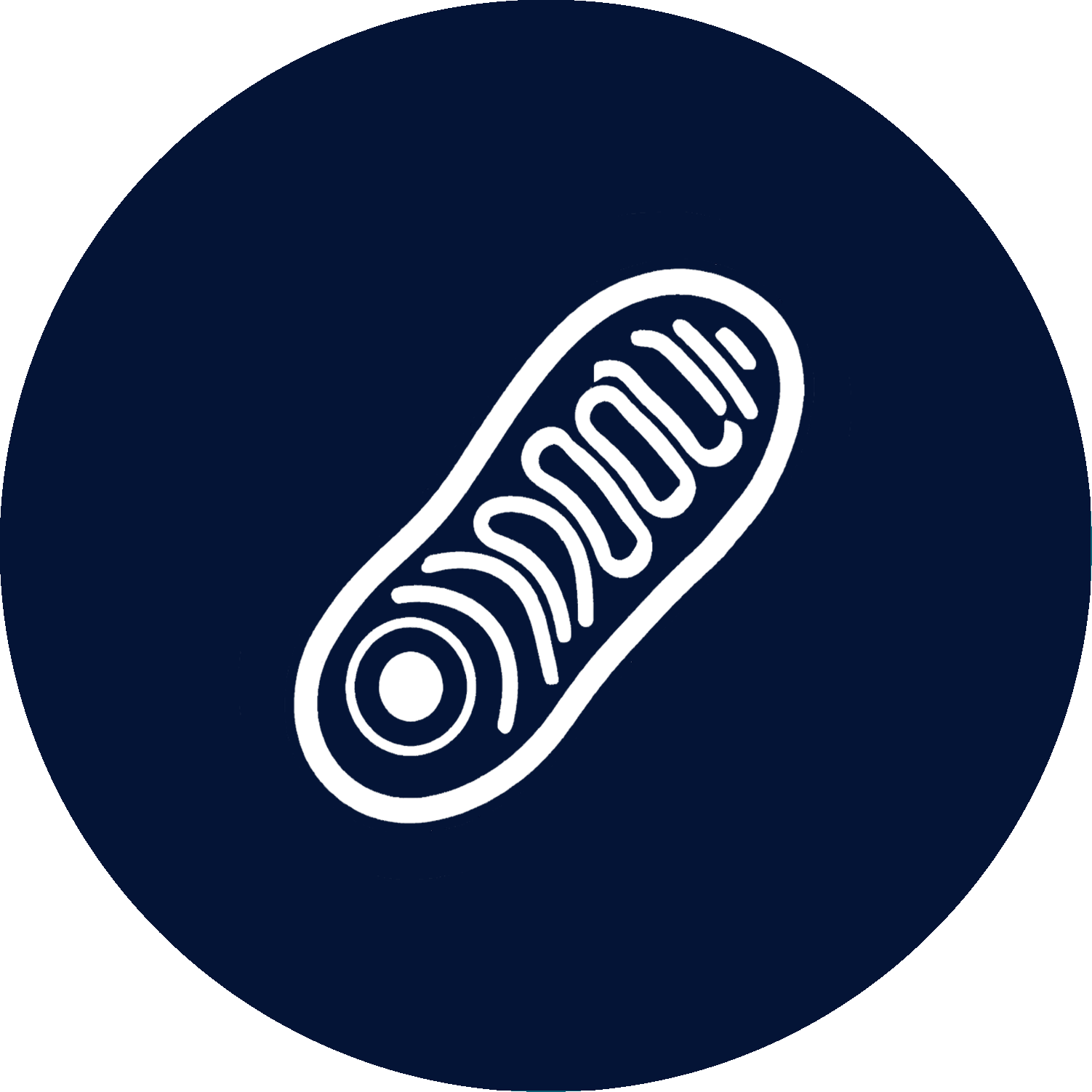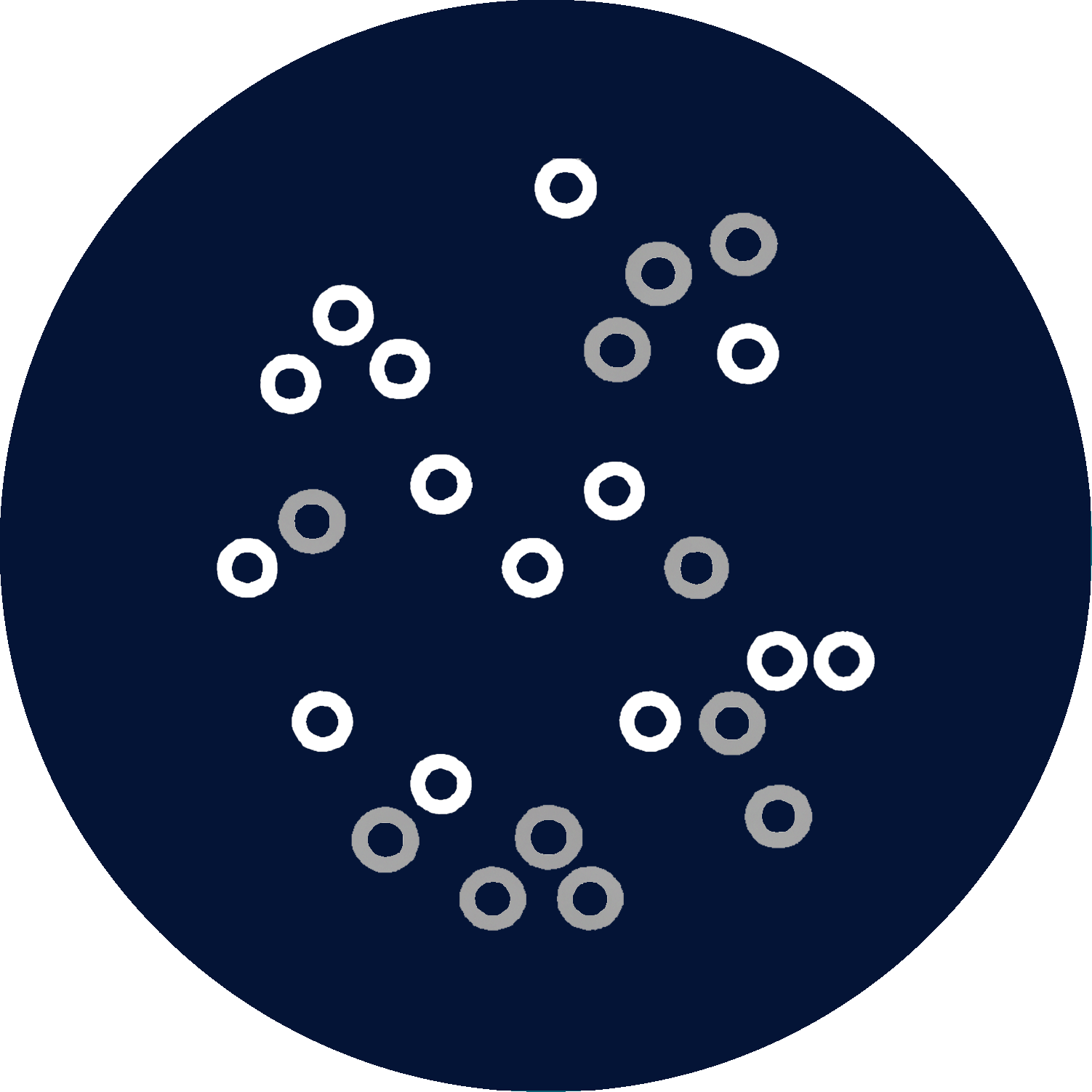Hallmarks of Aging
The human body contains trillions of cells that work together, fueled by a metabolism comprised of thousands of processes. In such a complex system, aging seems to be intractable. However, in recent years, scientist have come up with a small list of causes that can explain the aging process, the nine hallmarks of aging.
